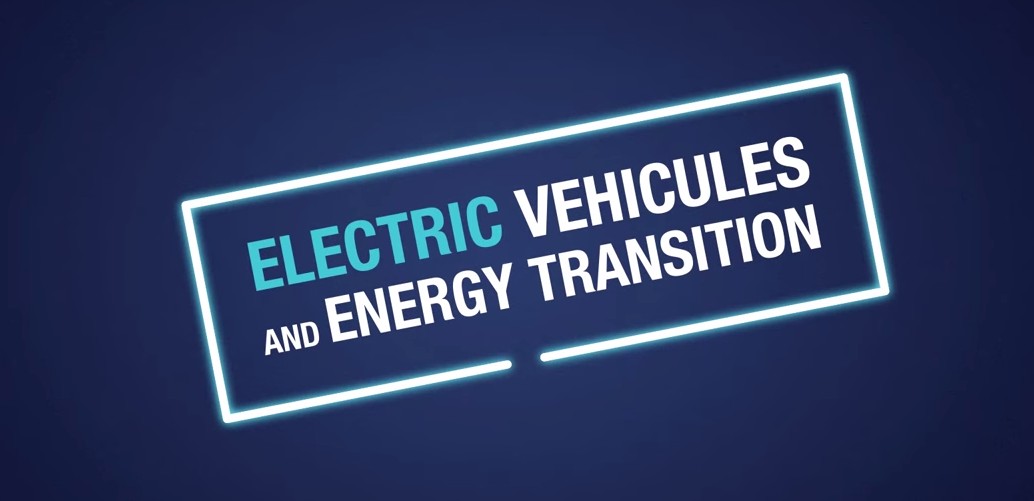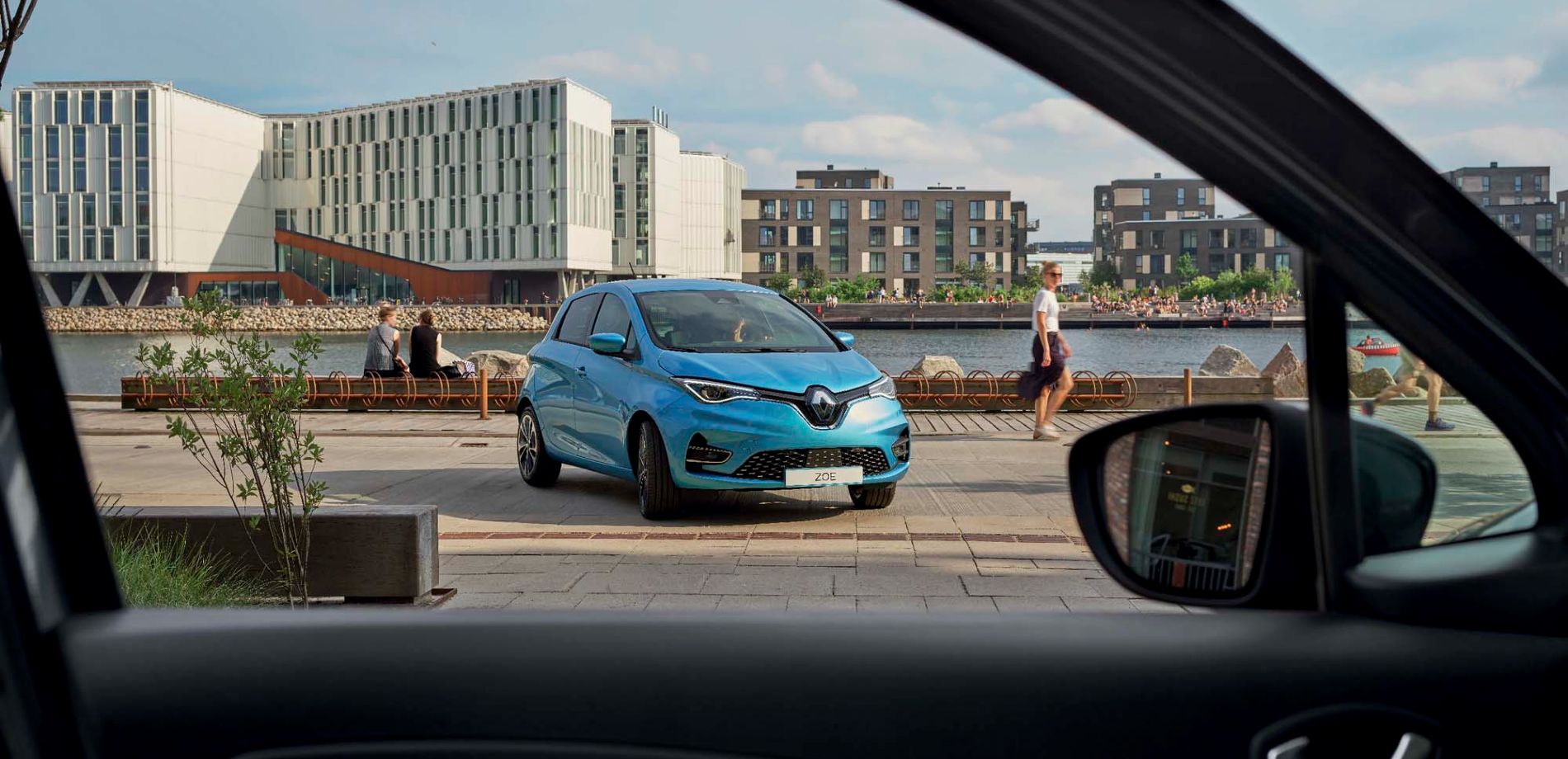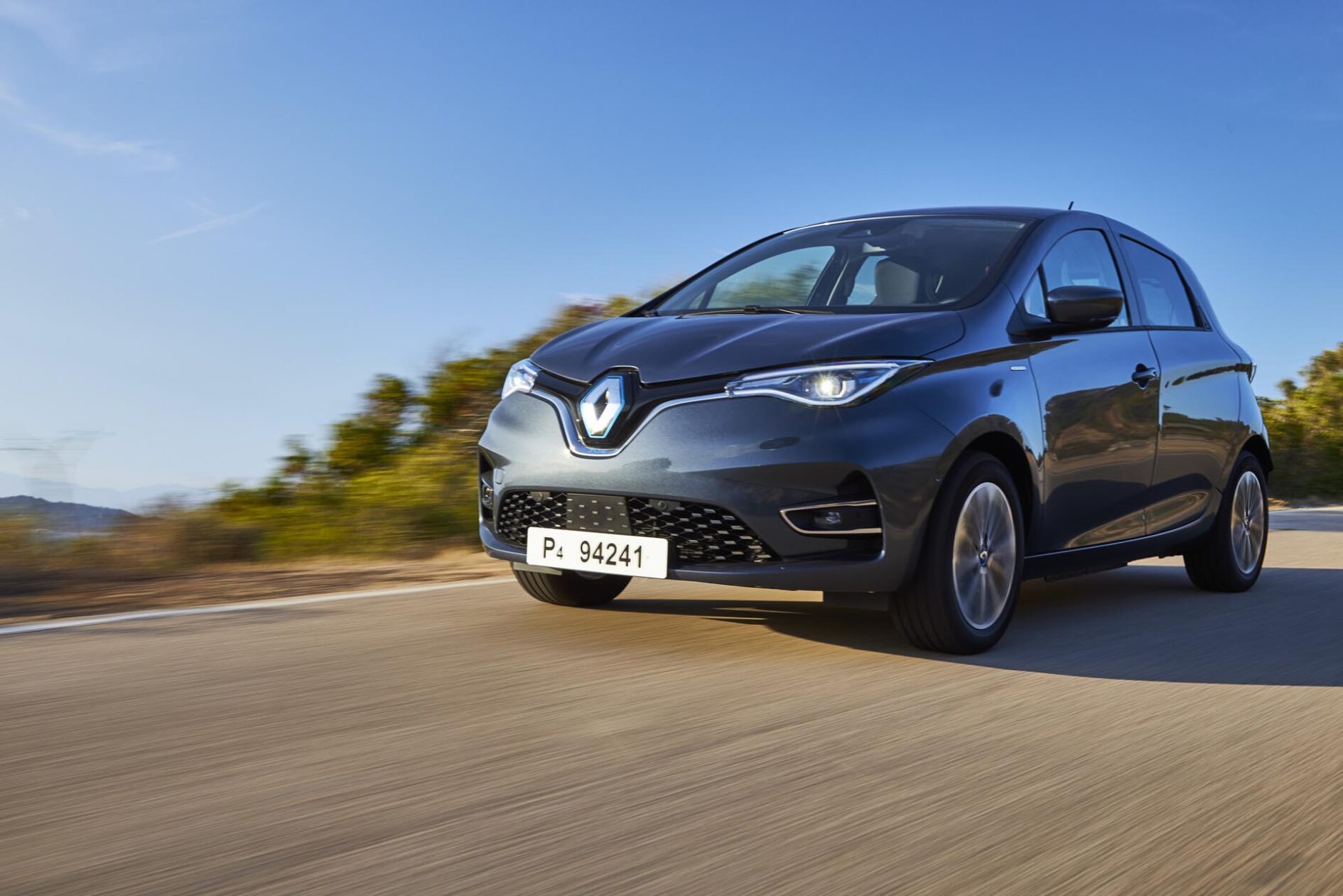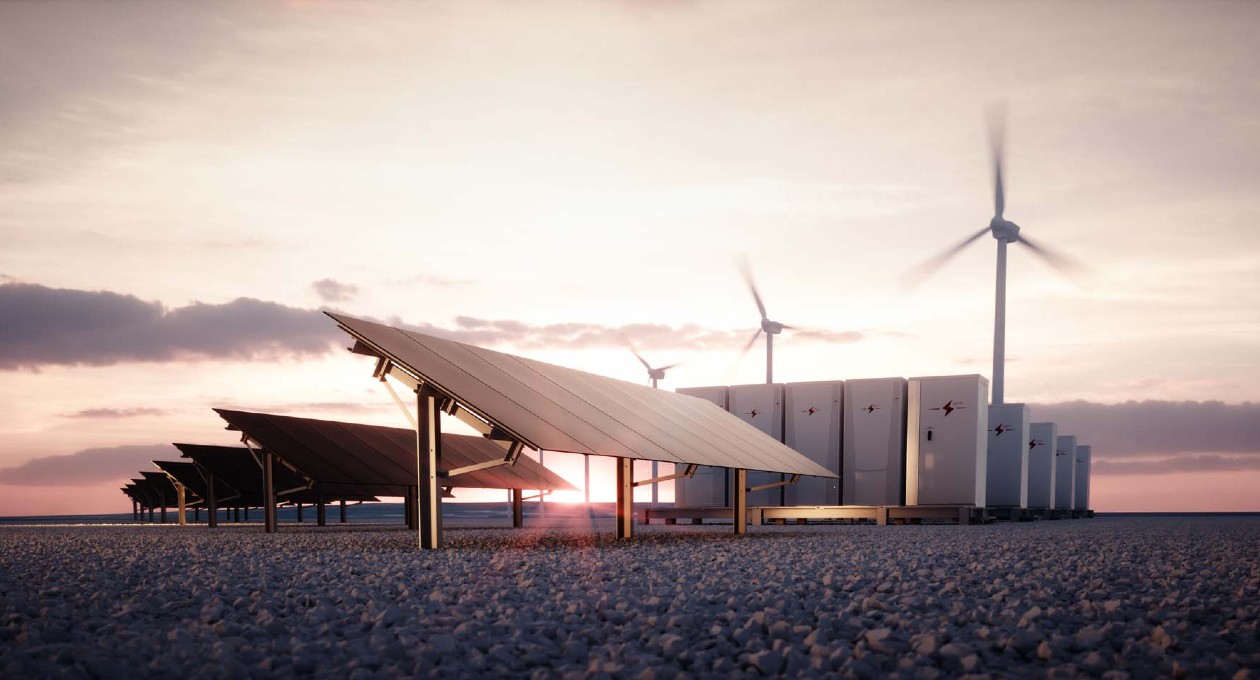

A lower carbon footprint over its entire life cycle
Electric vehicles are known for not producing exhaust gases or CO2 when running. But it doesn’t stop there. Compared with a combustion-powered vehicle, their carbon footprint is lower over their entire life cycle — from the vehicle’s design to the end of its life. The gap widens even further when the electricity used to power cars is low in carbon, such as in France, for example (nuclear, hydro, wind etc.)
The electric car and smart grids
Today’s smart grids are electric networks able to communicate and exchange information in order to constantly improve the balance of supply and demand. The electric vehicle, when connected to the grid, can charge when demand is lower, the electricity cheaper, and often from renewable sources. It’s called smart charging, and this too helps with the energy transition!
A second life for batteries
Lastly, when a battery reaches the end of its automotive life because it no longer has sufficient charging capacity, it starts a second life, most often in energy storage. A battery, for example, can be used to store the energy produced during the day by solar panels installed on a house or building, and give it back at a later point. But if you’ve been following our videos, you’ll know that already!




